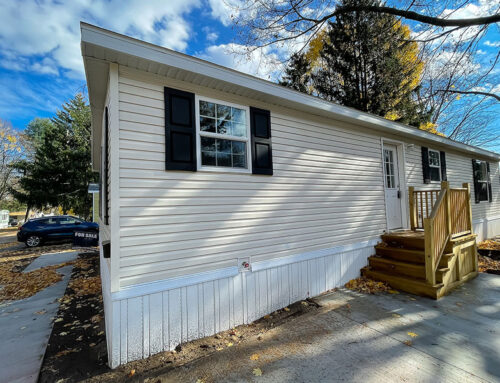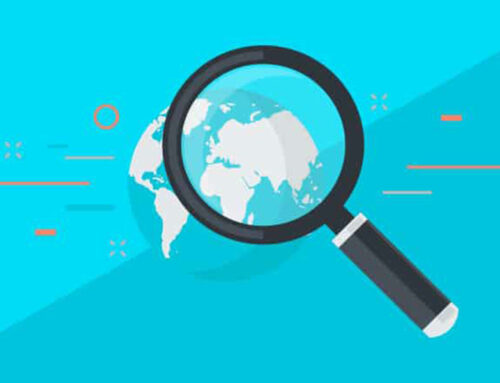When I started investing in New York real estate many years ago, I made the typical rookie mistake or two. But it was after buying my first distressed home for sale in Brooklyn–without performing an inspection–that I made a very costly one. Of course, that was a long time ago and my buying, renovating, and selling strategies have since changed. Over breakfast one morning at Tom’s Restaurant, I found myself chatting with a few other experienced investors about the pitfalls we all once had to get around and that we now recommend new investors steer clear of. For old hats like us, it’s a topic that’s never boring.
The Challenges of Buying Distressed Homes for Sale in Brooklyn, NY
Across New York, most investors know that they should get a home inspection before ever submitting an offer—especially if the property needs one of the three most costly repairs. If there is a well on the property–New York has more than 800,000–you’ll need to check the quality and flow of the water it produces. You should also determine whether there is an old or neglected septic system, which can cost between $13,000 and $39,000 to replace. That’s a lot of money to get a house into marketable shape.
The third big one, which is more relevant to Brooklyn properties, is the possible presence of buried oil tanks. Even when a home no longer runs on oil as a fuel source, the old tank may still be there. As the steel corrodes, the tank will leak and pollute the soil around it. In some cases, the contamination can reach groundwater. Unless you have a rider on your insurance policy to cover spills, you’re going to get stuck with the remediation. This can cost tens of thousands of dollars. Because home buyers don’t want to be saddled with the expense either, more and more are making the removal of the tank a contingency for purchasing. Without insurance–or a buyer–your great investment house can quickly turn into a huge headache.
Of course, mice and rats are also another potential—and expensive–problem. Dealing with vermin in more densely populated areas is not uncommon, but that doesn’t make it less daunting–or dangerous. And in areas where there is a lot of new development, like Brooklyn, the loss of habitat and resources has actually encouraged adaptation and forced rodents to find ways to get, and stay, indoors. The diseases they carry, and the damage to property they can cause, makes fishing them out a priority. If you happen to buy a rat-infested property in Brooklyn, you’ll likely spend more than you hoped on remediation, which will cut into your overall returns.
So the lesson here is that if you don’t get an inspection on a distressed home before you put in an offer, you run the risk of overpaying for the property and miscalculating rehab costs. In cities like Brooklyn, this can make for an especially bad investment. Since the price of real estate is higher here than nearly anywhere else in the country and so are the taxes, if you make a mistake, the stakes are quite high.
In addition to overestimating the condition of a property, many new investors also underestimate its After Repair Value (ARV) due to a lack of knowledge and confidence. Because there are wide swings from county to county in what a property will sell for in New York, new investors often make poor predictions. In Brooklyn, in particular, novices tend to undervalue their returns because they are worried about making the mistake of overvaluing. While being careful is good, missing out on potential profits isn’t.
Separating the Good from the Bad Investments in Brooklyn
When you can evaluate all of your costs, purchase at a price that makes sense, and assess an appropriate ARV, you can feel confident that you’ve got a good investment on your hands. As a new real estate investor–or an experienced one entering a new market–you may not know how to do these things, or how to do them well. Learning by trial-and-error, as I did long ago, can cost you much more than your confidence.
That’s why I put my mistakes behind me and became an independently owned and operated HomeVestors® franchisee. Going in, I knew that I was aligning myself with a reputable team I could trust to help me improve my real estate investing skills. But when I learned I’d also have access to ValueCheck®, HomeVestors’® proprietary valuation and analysis tool to help me estimate repairs and a potential selling price based on neighborhood comps, I knew things were going to get better.
When you’re ready to turn your good investment strategy into a great one, HomeVestors® can help you make it happen. Give HomeVestors® a call today, and we’ll see you at Tom’s!
Each franchise office is independently owned and operated.
Contact
"*" indicates required fields





